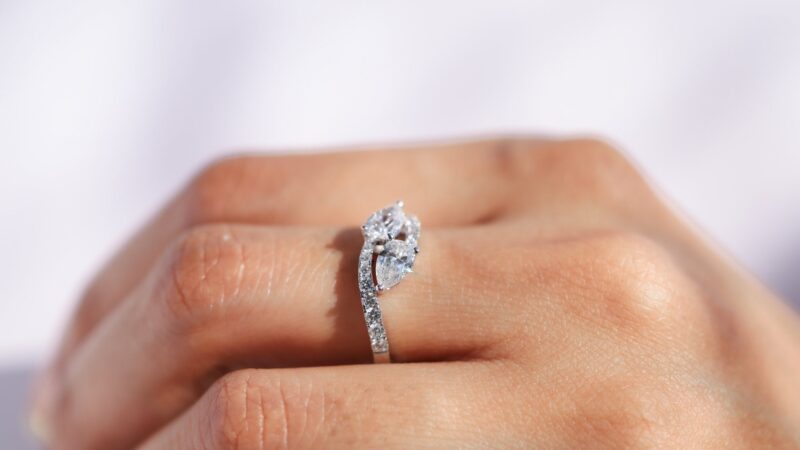Venetian Glass: From Medieval Murano to Modern Day

What is Venetian glass?
As every visitor to Venice quickly finds out, the Venetian glass is one of the most famous Italian craft. But it is more than that. With its beautiful patterns and rich colors, unique shapes and incredible radiation, the Venetian glass seems to be a miracle that may not have been made by human hands. It is not only desired because of its decorative attraction. It represents a centuries -old tradition of respect for the craftsmen, the focus on innovation and artistic development.
This art form comes from the strong mix of Venetian history, its unique political environment and cultural trends. From its origins in the simple workshops and ovens of the medieval Murano island to the worldwide -recognized masterpieces that are exhibited in the world’s best museums, Venetian glass is inextricably connected to Venice itself and is always a symbol of this mystical city on the water .
Let us immerse yourself with the long history, cultural meaning and the permanent heritage of Venetian glasses and understand how it became a symbol of artistic excellence and a beacon of innovation in Europe and beyond.
The origins of Venetian glass
The story of Venetian glass begins in the early days of Venice as a powerful Maritime Republic. As a city that was set up between them on several islands with a developed navigation, Venice was in a great position to start a shipping industry and begin maritime trade. Thanks to this first-mover advantage at seafaring and its close connections to the Byzantine Empire, Venice controlled most of the trade between Europe and the Middle East and Africa. This not only brought prosperity, but also knowledge.
The Venetian merchants started to bring home from the glassmakers of Persia and the Byzantine Empire. Based on the dug up evidence, the glassmakers in Venice already produced simple glass vessels. This craft has been active in Venice for several centuries and production has been concentrated on simple household items or bottles for commercial purposes. But then a jump occurred when Venetian craftsmen moved to Murano, where they achieved real excellence and made the Venetian glass the gold standard of the glass finding.
This crucial moment occurred in 1291, when the Venetian government found that all glass pages from Glass from Venice should switch to the nearby island of Murano. The reasons were twice: to reduce the risk of fire in the wood city and to protect the secrets of Venetian glass production, which became the key to their commercial success. This step created a kind of “excellence center” with a strong culture of innovation and the cooperation between the best craftsmen. The stage was provided for Murano to make the world’s glass acquisition capital.
Venice’s rise to the awareness of glass production
The geographical location in Venice was an important factor for the development of its glass industry. As a top maritime force, the republic had access to necessary raw materials such as soda ash and sand as well as gold, silver and minerals used in the creation of Murano glass. Its position in the Adriatic at the intersection of the most important trade routes made it possible to reach Venetian glass, other countries in Europe and beyond quickly and to promote its beauty, functionality and luxurious status.
Politically, the Venetian government understood the importance of the main industries in Venice. Murano Glass was one of the most important products in the Venetian Republic, and the government passed several laws to protect industry secrets, to promote and keep craftsmen on Murano Island and to develop the glass industry.
Glassmakers were almost treated as nobility, was allowed to marry noble women and enjoyed other privileges. However, they were also forbidden to leave Venice under threat to serious punishment. This careful balance of encouragement and control made it possible Venice to maintain its dominance in glass craftsmanship and in glass trade well into the 18th century.
Murano glass as a status symbol (16. 18th century)
By the 16th century, Murano Glass Tailware and drinks had become the standard in every wealthy banquet. Later Murano mirror and chandelier were the necessary decorative objects in the most famous salons of Europe and its richest palaces. His unusual lightness, clarity and elaborate forms made it particularly popular with Royals and nobility. The most valued characteristics of Murano glass included his liveliness and richness of colors. Venetian glassmakers developed methods for the production of deep colors that do not fade through the use of various minerals that were infused into the hot glass mixture.
International relationships also played a role in spreading the popularity of Murano glass through Europe. Diplomatic gifts from Murano glass objects were often given to the royal dishes or exchanged between head of state, which increases their reputation. Famous people such as kings and popes, city ruler and Venetian nobility collected Murano glass. The Medici family in Florence, King Henry VIII of England, King Philip II of Spain and Pope Clement VII.
The Venetian artificial glass movement
As if his prehistory were not astonishing enough, one of the prominent craft in Europe managed that the Venetian glass has developed into an art movement. The late 19th and early 20th centuries in Europe was the time of the innovation in the structure of society, political movements, scientific fields and the art scene.
As part of this period of change, the Venetian glass entered a phase of great innovation and creativity. In response to the growing competition by other European glass centers as well as the fading political and commercial influence of Venice, Murano craftsmen tried to remain relevant. They crossed the limits of their craft and experimented with new techniques and styles. The use of Millefiori (Murrina), summer sewer, scavo and filigree techniques, together with the Avant Garde Art ideas with forms inspired by Miro, Picasso and Dali, became characteristic of this movement.
During this time, the Venetian glass rose outside of Italy again. Murano Glass, a integral part of many international trade fairs and exhibitions, brought his unique techniques and aesthetics to perception for a broader art and architectural scene in Europe. Afterwards, many elements of Venetian glass in art -nuovo and art -deco movements were used.
Prominent artists and innovators
Over the centuries, a number of influential artists and innovators made their names in Mvenetian Glass. One of the best known names is Angelo Barovier, a glassmaker from the 15th century, who invented this Cristallo Technology. This technique, which led to the creation of completely translucent glass objects such as rock crystal, led to Murano -Glass drinking vessels, mirrors and other objects that became a basic food in all noble residences.
In the 20th century, artists such as Ercole Barovier, Carlo Scarpa, Paolo Venini, Alfredo Barbini and Napoleone Martinuzzi revolutionized the craft by mixing modern design principles with traditional handicraft techniques of glass production. Scarpa, for example, is known for its geometric forms and the use of contrasting textures, while the collaboration of Veninis with contemporary artists attracted experts and art lovers around the world.
Remarkable exhibitions and museum collections
Venetian Murano glass was presented in various exhibitions and is located in some of the most renowned museum collections in the world. The Museo del Vetro in Murano is the most comprehensive collection of Venetian glass, which covers the time from the development of Murano glass to modern times and explains several techniques and traditions of Murano glass production. World -famous art institutions such as the Metropolitan Museum of Art in New York, the Louvre in Paris, the Kunsthistorisches Museum of Vienna and the Victoria and Albert Museum in London House important collections of Murano Glass. This helps to educate the public about the artistic and historical importance of Venetian glassware.
Exhibitions such as the Biennale of Venice or Carla Scarpa in the New York Metropolitan Museum of Art have also played a role in increasing the status of the Venetian glass and positioned it both as a traditional craft and as a modern art form. These cultural events received a lot of positive press and contributed to the global appreciation of the Venetian glass and its importance in the broader context of the decorative arts.
Would you like to learn more about Murano Glass?
For those who want to learn more about Venetian glass, the following resources offer a deeper immersion in its history and techniques:
- Books: “Venetian glass: From the Renaissance to Art -nouveau” by Sheldon Barr, “Murano Magic” by Carl I. Gable
- Museums: Museo del Vetro in Murano, Metropolitan Museum of Art in New York, Victoria and Albert Museum in London
- Visit to Murano: Some Murano glass transactions and workshops on Murano Island offer demonstrations for glass production and offer an unforgettable insight into the art of glass production.





